Who has never tried to read the list of ingredients on the back of their cosmetics , before giving up when faced with the complexity of the task? Between the size of the font, which requires the vision of a fighter pilot, and the barbaric names of the ingredients (basically, understandable if you have a master's degree in chemistry), you quickly feel lost when you are a neophyte. And the expiration date? Admit it: you skip it , 95% of the time.
Good news, Bastille has some tips to help you decipher all this without making too much effort!
The legendary INCI list
You may have already heard of it: the INCI [pronounced INKI] list is simply the list of all the ingredients that make up a product. It is generally found on the back of the packaging and is preceded by the word “ingredients” in capital letters. Cosmetic brands are subject to very strict regulations regarding product labelling: ingredients are listed in descending order - well, only for products with a concentration greater than 1%. Those whose concentration is less than 1% are noted at the end of the list, in any order. This is why most of the time you will find water first - or alcohol for perfumes - then, at the very end, some allergens.
Ah good ? Does it expire?
Do you have creams that have been lying around in your drawers for 3 years, and you have never asked yourself the question of whether they can still be used? You are not alone. Many people don't know this, but it's not just food products that can expire - your cosmetic products also have an expiration date. It can be indicated in 2 ways:

Either, with a clear expiration date in mm/yyyy or dd/mm/yyyy. In this case, for risk-free use, you can keep the product until this maximum date.
Either, you do n't have a date on your product . This option is more misleading because your product still expires - the date is simply indicated in another form! Most often, it is found at the back of your bottle in the form of a small logo representing an open box and a number, followed by the letter M. This number is the number of months not to exceed once you have opened your product . In the industry, this is what we call the PAO - Post-Opening Period. So, if you have 6M, you can keep your product for a maximum of 6 months after opening it... even if you open it in 3 years.
Special case of perfume : as it is mainly made up of alcohol, it keeps very well and in general, no expiry date or PAO is indicated. You can consider that for 2 years, the perfume will not change, and that beyond that you can continue to use it, but a bit like a great wine, its aroma will evolve over time. There are still some techniques to preserve it well, and since we're nice, we'll tell you all of them here .
Natural or synthetic?
Did you also happily skip Latin classes in college? Too bad, it can be used in cosmetics. Fortunately, there is no need to understand Latin: just to know how to locate it. And if we tell you that, it's because it's a foolproof way to differentiate natural ingredients from synthetic ones in your cosmetics!
On the INCI lists, all natural ingredients are listed in Latin while chemical substances are listed in English. For example, here is the little Latin name for natural bergamot, present in our Hors-Piste perfume : citrus aurantium bergamia. And, on the other hand, a synthetic violet note will be named in English: alpha isomethyl ionone. And there you have it, you are ready for the surprise question!
Moreover, if you want to know more on the subject, we advise you to read our article on the difference between natural and synthetic ingredients. A great way to shine at your next dinner party!
Hunt down unwanted people
It is difficult to know what is good or not in these lists where few names speak to us. We give you some memo-technical means to detect the most harmful products and above all avoid them:
- Sulfates: you will find them easily because they often include the word “sulfate”. They are used as foaming agents in shower gels or shampoos and can be irritating. Example: sodium lauryl sulfates (SLS)
- Silicones , harder to find, often end with "-methicone" or "-siloxane" and are used to artificially coat the hair. In addition, they are very poorly biodegradable.... Example: cyclopentasiloxane
- Phthalates , most of which are banned, except one in Europe: diethyl phthalate. It is still used as a fixative in nail polishes and perfumes.
- Parabens: fairly easy to spot, they end with “ -paraben ” or “ -zoate ”. Examples: parahydroxybenzoate or propylparaben
-
Dyes: a 5-digit code, which is sometimes followed by the corresponding color. Example: CI 19140/YELLOW 5

Finally, there remain a few other substances that are controversial for their long-term effect on health (which can range from a simple headache to irritation or more serious health problems). This is the case for antioxidant additives (BHA, BHT), anti-UV filters such as benzophenone (widely used in perfumery), paraffins which block the pores of the skin, formaldehyde, or even triclosan - an antibacterial often present in toothpastes and deodorants.
Some cosmetic brands commit to what they ban: Seasonly, Oden, Cozie etc. And this is also the case for Krème , a brand of French, organic, vegan and cruelty-free products whose compositions do not contain any controversial ingredients (neither paraben, nor aluminum, nor phthalate, etc.), any allergens, nor preservatives.
And what does that look like in perfume?
This is where it gets complicated: from a legal point of view, perfume formulas are still a trade secret. This is why you often find the word “Fragrance” in the INCI lists of your products (your perfume of course, but also your shower gel, your deodorant, etc.).
In fact, this word is a “portmanteau word” which contains an indeterminate number of other ingredients. Not very transparent, all that... In reality, the law only requires brands to include allergens on the bottle: in general, these are substances naturally present in essential oils used in perfume and which can, in very rare cases, be allergenic. Obviously they are very regulated and limited, which is why they are noted in the INCI list - often at the end, because they are in small quantities. There are 26, including linalool, citronellol, geraniol, coumarin, citral...

At Bastille, we have chosen to be completely transparent about what you put on your skin. You will find details of all our ingredients on our product sheets , whether they are natural or synthetic, and even a little word on what they smell. For example, we tell you that Schinus Terebinthifolia Seed Extract is actually the nickname for pink pepper.
Finally, don't look for noon to two p.m.: you will not find any parabens, phthalates or endocrine disruptors in our formulas! This is the meaning of our approach: to offer you the best, in complete transparency.
And there you have it, you have become a pro at the label and informed choice of your cosmetic products! Now you can analyze what you put on your skin yourself, without needing to open a dictionary. And if, like us, you have a mother who is very attentive to your health, don't hesitate to send her this article to reassure her: you know how to take care of yourself!
--------
Photo credit: Barely There Beauty Blog | Unknown
For the list of 26 allergens, click here.







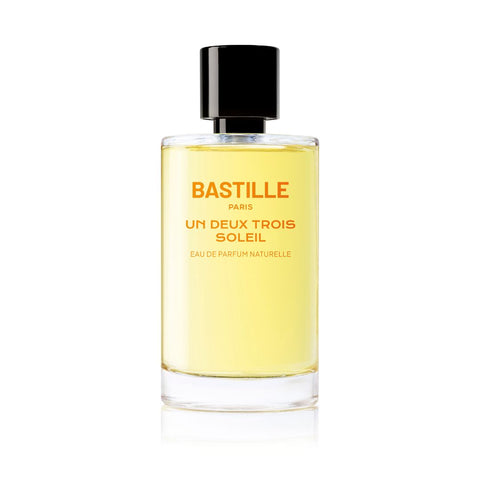



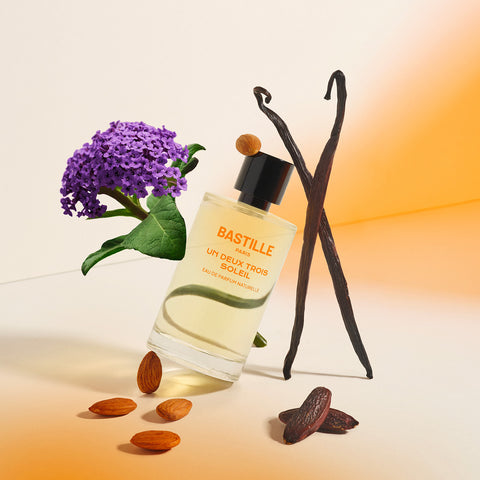
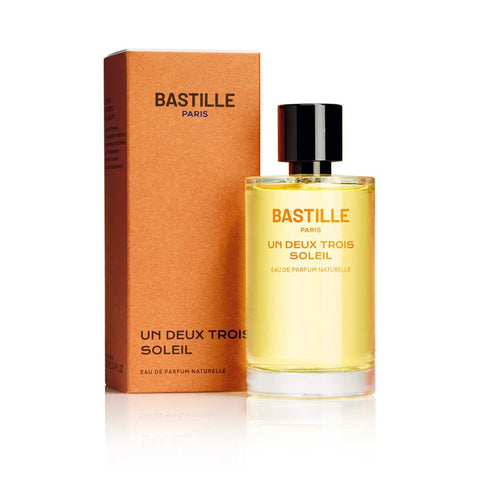
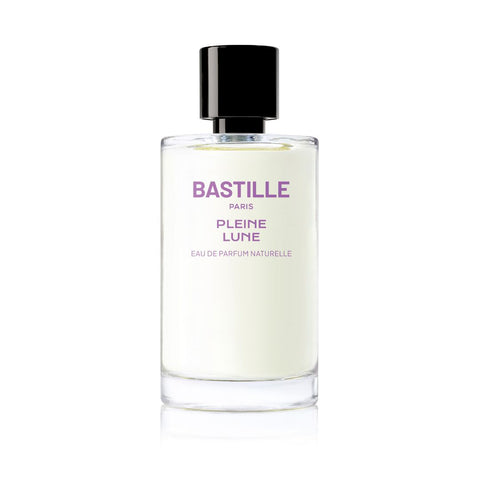
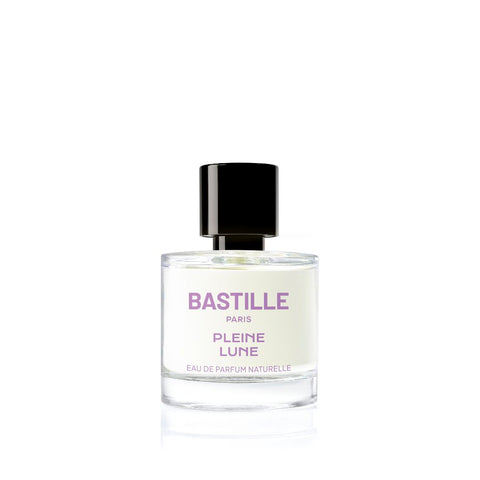
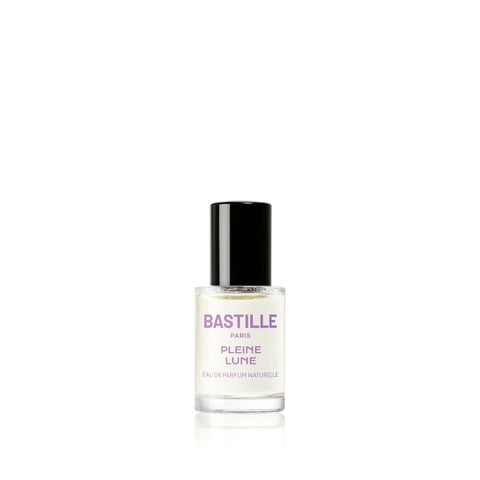
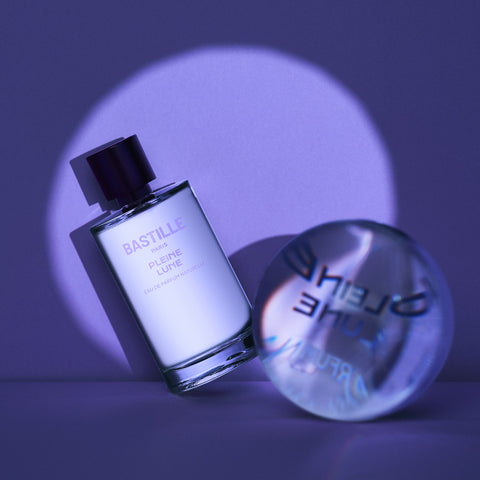
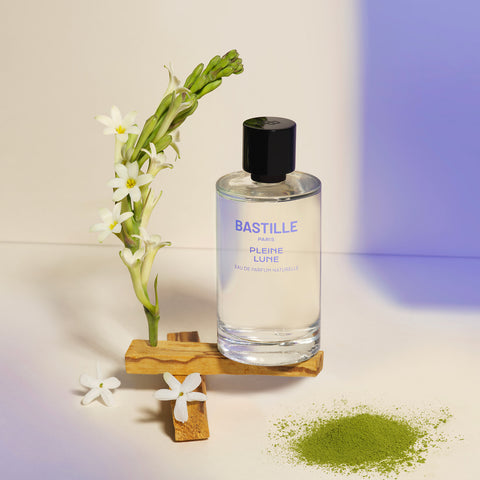
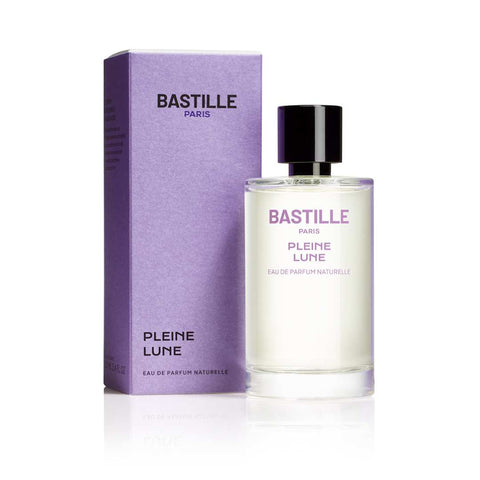

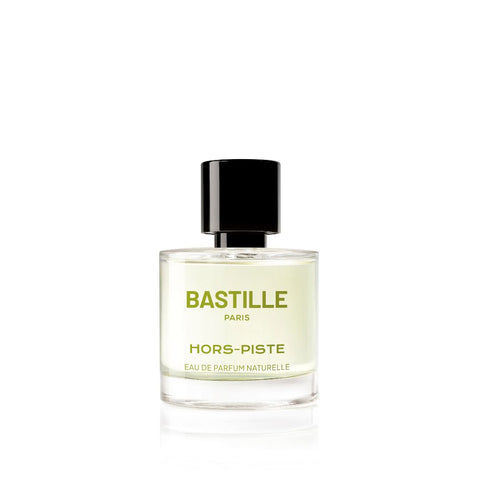

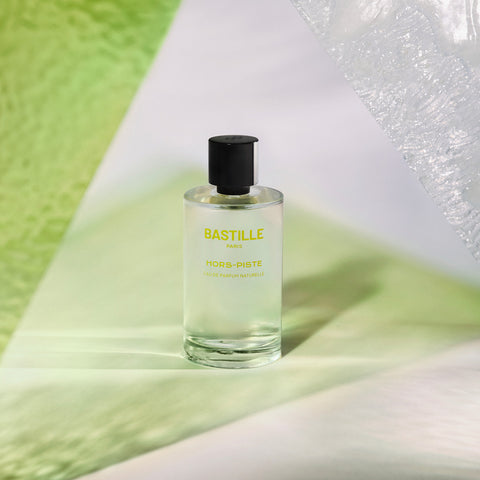

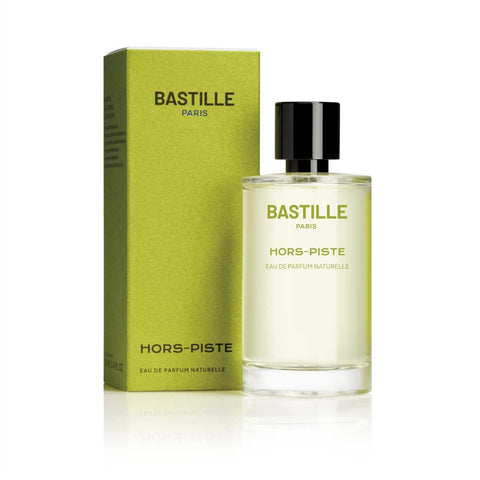

Comments (0)
There are no comments for this article. Be the first one to leave a message!